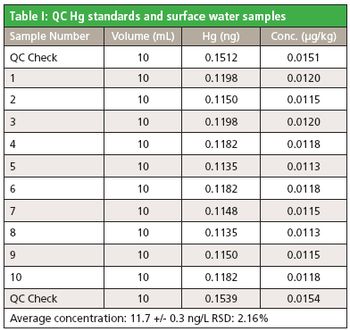
With over 1300 commercial testing labs in the United States, one out of every three samples is for water analysis. There has been an even stronger emphasis on mercury testing and its concentration in our water supplies.

With over 1300 commercial testing labs in the United States, one out of every three samples is for water analysis. There has been an even stronger emphasis on mercury testing and its concentration in our water supplies.

Evaluation guidelines and important factors for laboratory scientists to consider when choosing an inductively coupled plasma–mass spectrometry instrument
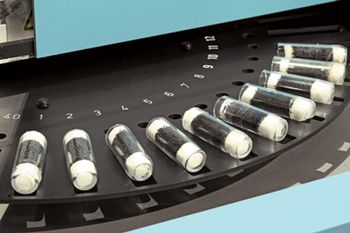
Direct mercury analysis is ubiquitous in analytical labs within the environmental, petrochemical, and specialty chemicals industry for analyzing mercury in solids and liquids.
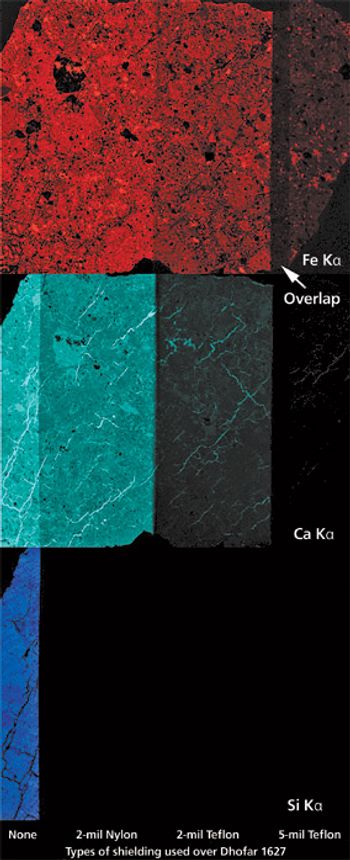
Demonstration of the advantages of using the Orbis micro-XRF elemental analyzer rather than other analysis techniques to perform elemental analysis through a plastic barrier and/or at atmospheric pressure.
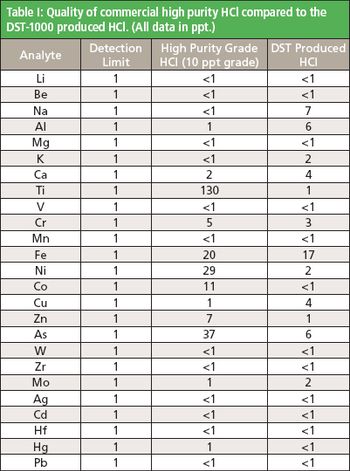
In-lab acid purification offers significant benefits compared to commercial bottled high purity acid. In-lab purified acid is extremely pure, produced fresh on demand, and the cost savings compared to bottled high purity acid are significant.
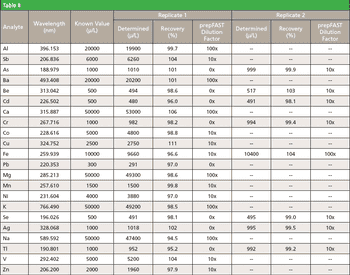
This application brief will give a summary of a more thorough application note (1), which describes the analytical capabilities of Optima? 8300 ICP-OES utilizing low flow conditions, coupled to the prepFAST? in-line, auto-dilution/calibration sample delivery system to determine a suite of environmentally-significant elements in potable and waste waters according to US EPA Method 200.7.
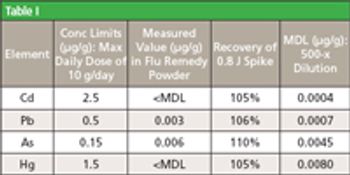
This application brief will give an overview of a published article (1) that describes the analytical capabilities of the NexION? 300X ICP-MS coupled to the prepFAST? in-line, auto-dilution/auto-calibration sample delivery system to determine a suite of toxicologically-relevant elements in a group of four pharmaceutical products using the new USP Chapters <232> and <233>, which have replaced the 100-year old sulfide-based method described in Chapter <231>.
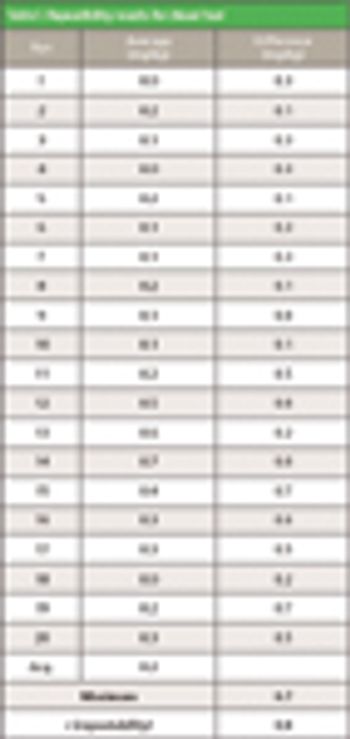
Globally, the permitted sulfur limit in fuel oils has been decreased to 10 ppm in many countries and regions.
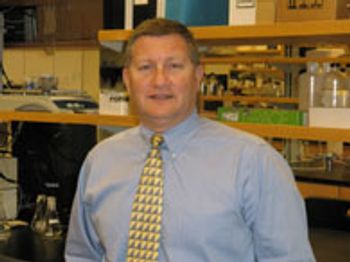
Rick Russo, the winner of the 2013 Lester W. Strock Award, is known for important advances in laser ablation for use in spectrochemical analysis. In a new interview, he talks about those developments, how his career developed, and what it's like, as a research scientist, to lead a start-up company.
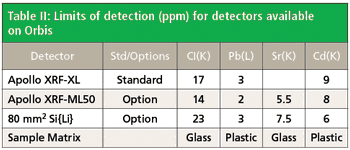
Improved Sensitivity with the New Apollow XRF ML-50 Detector on the Orbis Micro-XRF Analyzer
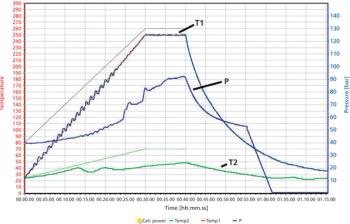
Single reaction chamber (SRC) microwave digestion offers multiple benefits over traditional dry ashing for the sample preparation of heavy crude oils for trace metals analysis. These include increased sample throughput, reduced risk of contamination, more complete digestion and retention of volatile analytes.
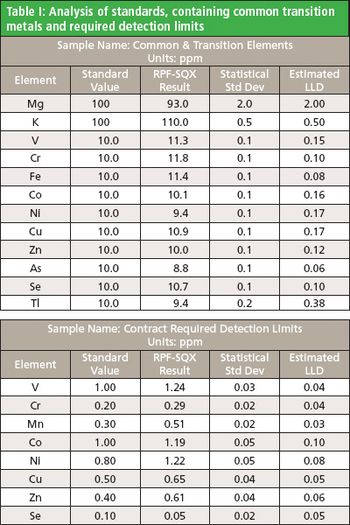
Elemental analysis of aqueous solutions into the low ppm and sub-ppm concentration ranges is demonstrated, using the advanced Cartesian geometry Rigaku NEX CG Energy Dispersive X-ray Fluorescence (EDXRF) spectrometer in conjunction with the patented UltraCarry? sample preparation technique.
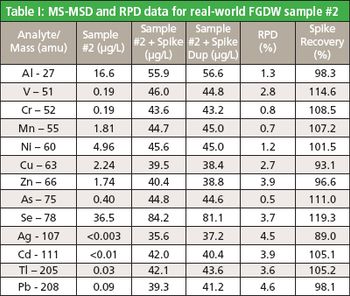
The US EPA wrote wastewater effluent limit guidelines for discharge permits granted to coal-fired power plants back in 1982, known as 40 CFR Part 423. However, the rule has not kept pace with changes in the industry over the past several decades. For that reason, the US EPA has revised the rule with new proposed revisions expected in November 2012 and the final rule expected by April 2014. To support the modification to this rule, the US EPA is developing a new ICP-MS method specifically for flue gas desulfurization wastewaters (FGDW).
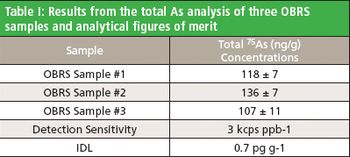
This paper demonstrates an ICP-MS method for the determination of total and As species concentrations in organic brown rice samples (OBRS).
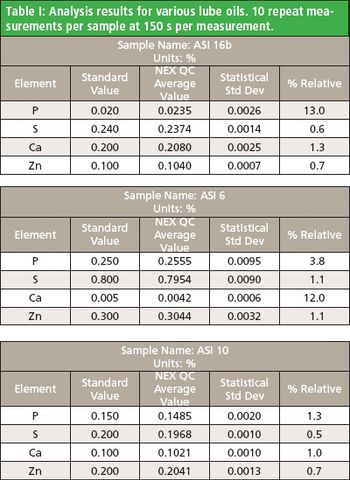
The measurement of P, S, Ca, and Zn in lube oil is demonstrated as per ASTM D6481-99(2010).
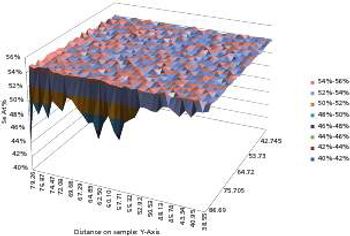
Building on more than 10 years of Micro-XRF experience, the Orbis spectrometer yields a system with excellent Micro-XRF capability while setting a new standard in analytical flexibility. The Orbis incorporates a unique motorized turret integrating video and X-ray optics allowing coaxial sample view and X-ray analysis. The turret can accommodate two additional collimators along with the X-ray optic for a total of three X-ray beam sizes to expand the Orbis analytical capabilities beyond traditional Micro-XRF analysis. Primary beam filters can be used with all spot sizes available on the turret to allow true XRF analytical capabilities in a micro-spot analysis. The working distance is increased to allow analysis over rougher sample topography without sacrificing signal intensity.
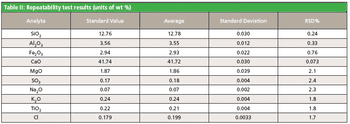
Cement is one of the most important materials in the construction industry. Traditionally, WDXRF spectrometers used in cement plants have been large, floor-standing models with substantial installation requirements and ownership expenses. This application note demonstrates the capabilities of the Rigaku Supermini - a new low-cost, benchtop wavelength dispersive X-ray fluorescence (WDXRF) spectrometer - for the rapid quantitative elemental analysis of cement raw meal.
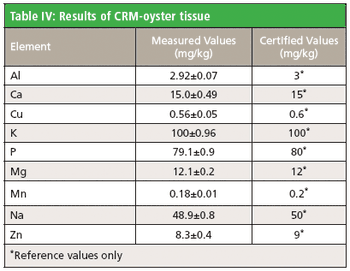
Whether the goal is food safety, ensuring quality, or establishing provenance, measuring the trace element content of foods and beverages that we all consume is of paramount importance. While some elements are essential for our well being at low concentrations, others like lead and chromium are highly toxic and more still are being linked to viral, neurological, and other diseases. Food scares related to contamination or poor quality not only constitute a health risk, they also undermine consumer confidence. This can lead to lost earnings through reduced sales and loss of credibility through adverse publicity.
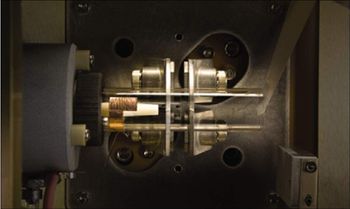
The Optima 8x00 ICP-OES series utilizes the new Flat Plate plasma technology that replaces the traditional helical coil design used since the inception of the inductively coupled plasma. The Flat Plate plasma technology, as seen in Figure 1, utilizes two flat induction plates to produce a plasma that is compact, dense, and robust. This plasma utilizes about half the argon required by previous helical coil designs while still delivering exceptional analytical performance.

In this study, apple juice samples are analyzed by IC–ICP–MS to determine the concentration of six arsenic species: the two inorganic, and highly toxic, species (As (V) and As [III]) and four organic species (arsenobetaine [AsB], arsenocholine [AsC], monomethylarsonic acid [MMA], and dimethylarsinic acid [DMA]).
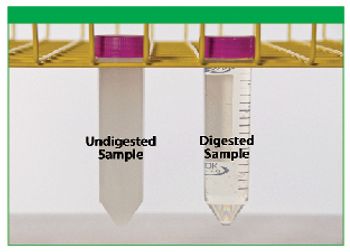
Current USP Method 231 "Heavy Metals" was introduced in 1905 for determining heavy metal impurities in pharmaceutical drug products. The procedures of the method have several limitations, which produce results that are nondiscriminatory, difficult to reproduce, and qualitative, or at best, semi-quantitative.

Here are nine suggestions for improving this valuable technique.

Scientists from IBM Research used an atomic force microscope to create the first-ever close-up image of a single molecule.

One of the most difficult tasks in any laboratory is the validation and assurance of all data being reported. Whether or not this is being mandated by a regulating agency, it is imperative that the quality of data from any analysis be controlled. How do the laboratory workers ensure the quality of their reported analyses and how do they demonstrate this quality?

Guest columnist Steven Wilbur discusses the elemental nature of ICP-MS and its strength as a universal quantifier, an aspect of the technique he believes has not received enough attention.